Leaf Feeders
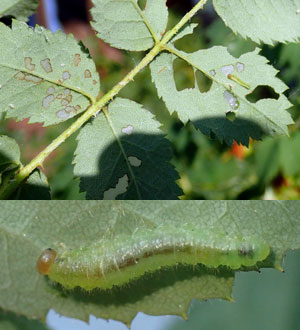
damage and larva images: Whitney Cranshaw, Colorado State University, Bugwood.org
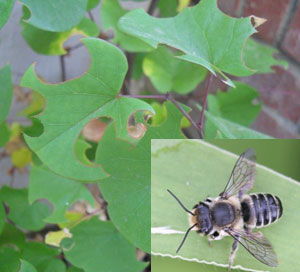
damage: Kimberly Steinmann, University of California, Bugwood.org;
adult (inset): Johnny N. Dell, Bugwood.org
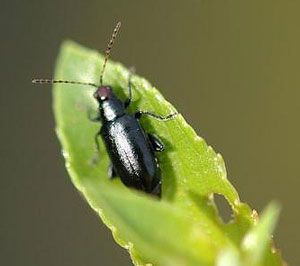
Brian Kunkel, University of Delaware, Bugwood.org
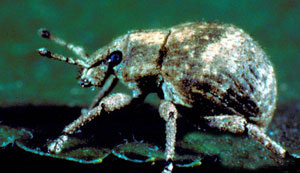
University of Georgia , University of Georgia, Bugwood.org

Lee Townsend, University of Kentucky

David Cappaert, Bugwood.org

Alton N. Sparks, Jr., University of Georgia, Bugwood.org
Sap Feeders
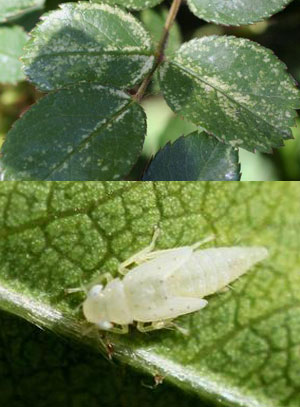
damage and nymph images: Whitney Cranshaw, Colorado State University, Bugwood.org
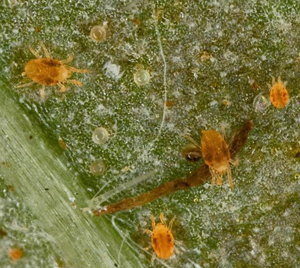
David Cappaert, Bugwood.org
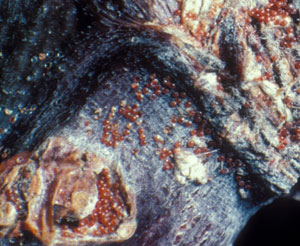
University of Georgia Plant Pathology, University of Georgia, Bugwood.org

John A. Weidhass, Virginia Polytechnic Institute and State University, Bugwood.org
Also, aphid feeding on flower buds and fruit can cause malformed flowers or fruit. Aphids produce large amounts of a sugary liquid waste called "honeydew". The honeydew that drops from these insects can spot the windows and finish of cars parked under infested trees. A fungus called sooty mold can grow on honeydew deposits that accumulate on leaves and branches, turning them black. The appearance of sooty mold on plants may be the first time that an aphid infestation is noticed. The drops can attract other insects such as ants, flies, and wasps that will feed on the sticky deposits. For more information, see Entfact 103.
Please see ID-118 for more information on roses and the problems that may affect them, particularly for information on the many caterpillar issues that can arise.